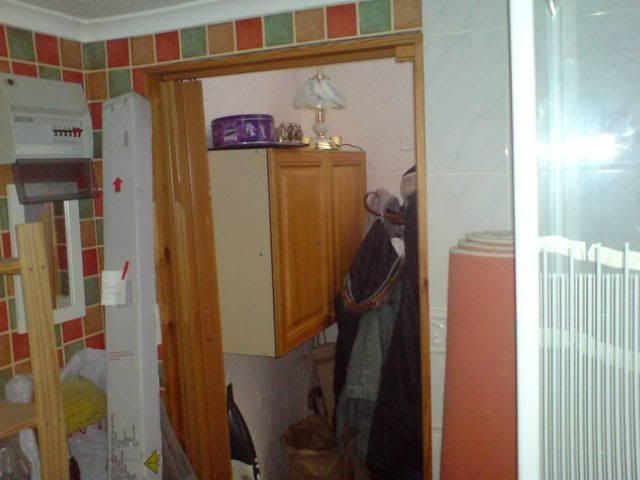I don't have enough hair to warrant mechanical drying aids 
Anyway. I couldn't possibly imagine to what you are inferring...
Anyway. I couldn't possibly imagine to what you are inferring...
Don't they have spirit levels in Germany?

Reading best practice guide 4 I would say the socket is not closer than 0.6m from boundary of zone 1 so it is NOT code 1
No no no no no.So however BAS shouts the odds it's not cut and dried and one has to consider what the real use is for the room. Is loo for use as a loo or is it handy disposal unit as often used with Elson disposal points!



It as it stands is not a shower as referred to in section 701.


If you need to find a tradesperson to get your job done, please try our local search below, or if you are doing it yourself you can find suppliers local to you.
Select the supplier or trade you require, enter your location to begin your search.
Are you a trade or supplier? You can create your listing free at DIYnot Local
